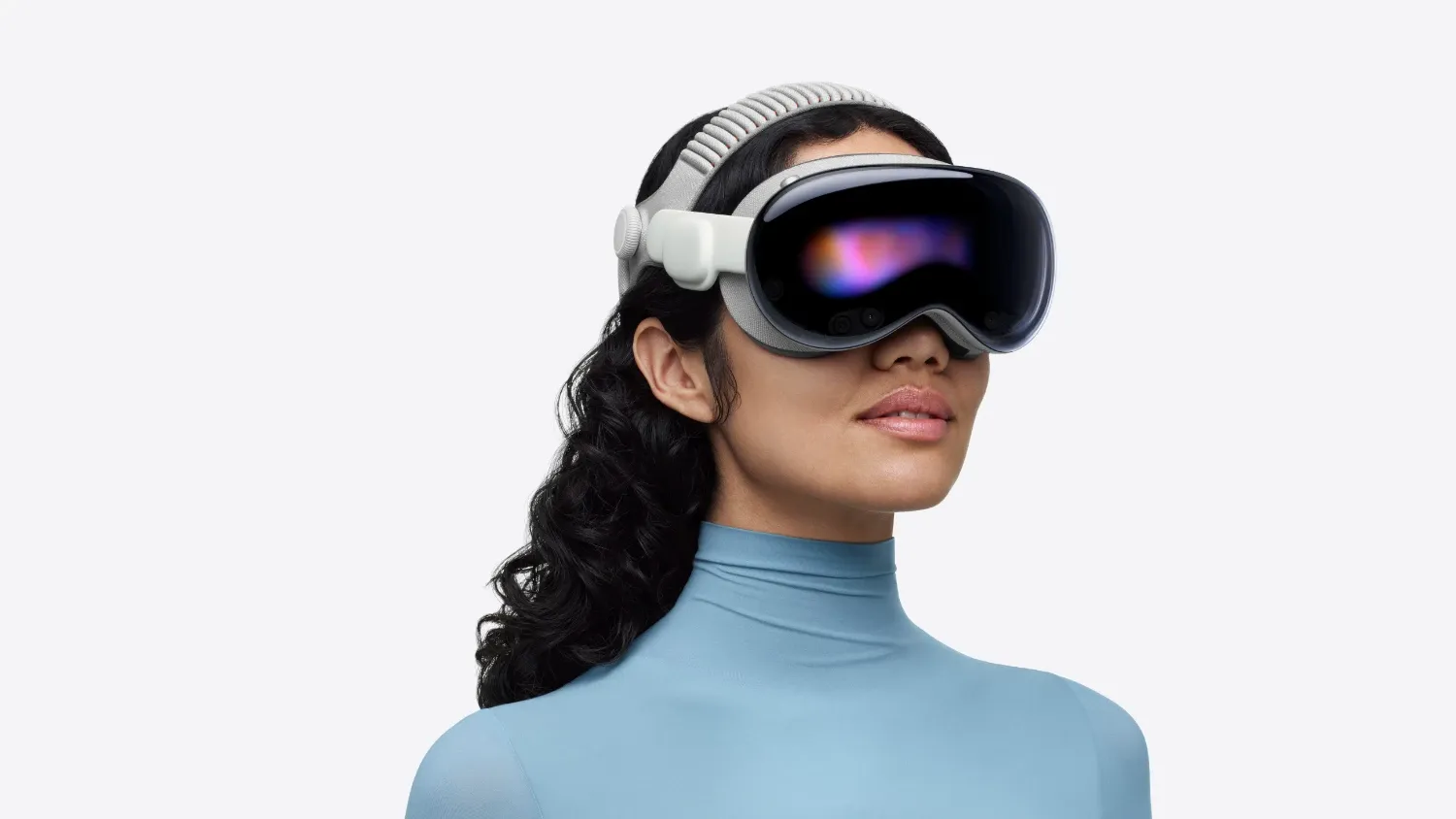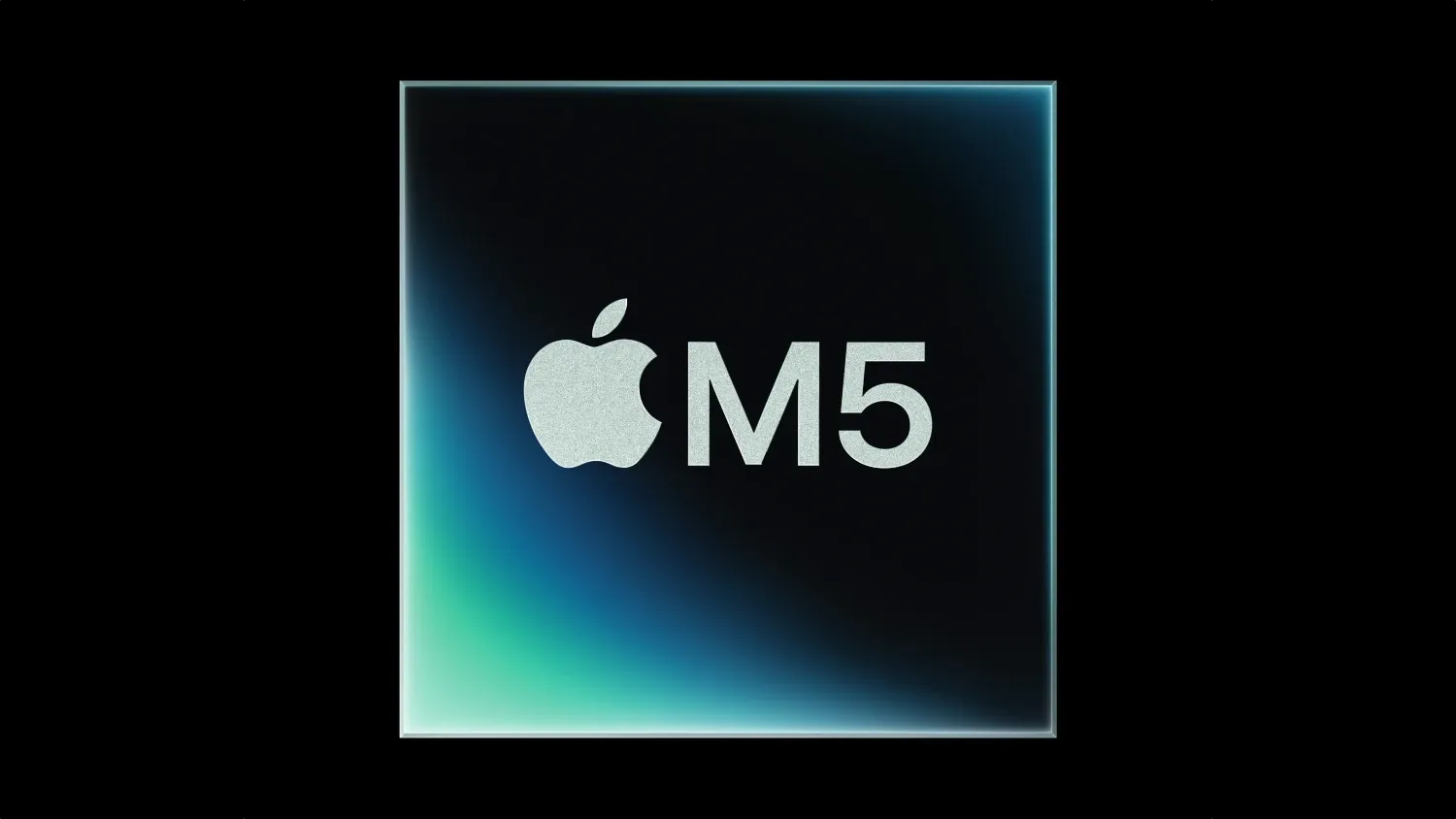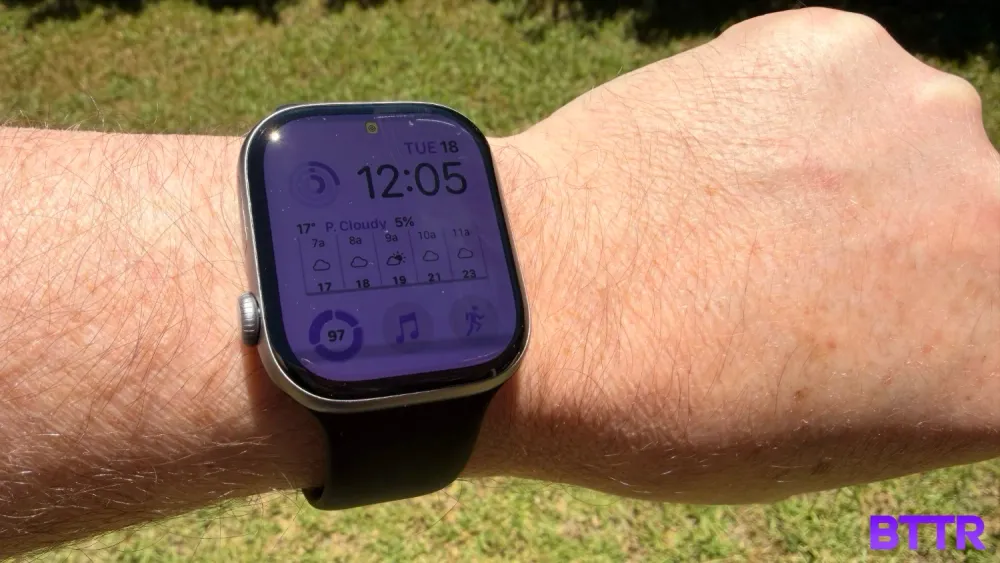Apple overnight unleashed its latest lineup of Pro computing products, all powered by the new M5 chip.
Among the collection is the new iPad Pro, the new 14-inch MacBook Pro and – somewhat surprising, at least to me – an updated Apple Vision Pro.
Apple's cadence with updating its M-chips has been pretty reliable for the past few years, so let's dive into what makes the M5 stand apart before diving into the new products.
The M5 chip explained
All three of the new devices share the same core technology: the M5 chip. Built on a third-generation 3-nanometre process, M5 introduces a next-generation 10-core GPU architecture with a Neural Accelerator in each core, which is a major shift in how the chip handles AI workloads.
According to Apple, this translates to over 4 times the peak GPU compute performance for AI compared to M4, and over 6 times compared to M1. Graphics performance improves by up to 45 per cent thanks to an enhanced third-generation ray-tracing engine.
The CPU gets a boost too, featuring the "world's fastest performance core" with up to 10 cores (six efficiency cores and up to four performance cores) delivering up to 15 per cent faster multithreaded performance than M4.
The 16-core Neural Engine runs AI-powered features with greater speed and efficiency, whilst unified memory bandwidth jumps to 153GB/s, which is nearly 30 per cent more than the M4.
Apple Intelligence gains meaningful improvements from M5's architecture, with on-device AI tools like Image Playground running faster and the overall performance of Apple Intelligence models enhanced across the board. I'm sure some people are excited by that.

iPad Pro with M5: Performance meets portability
Apple's updated iPad Pro is thinner than ever before, with the 11-inch model measuring just 5.3mm and the 13-inch model coming in at a sleek 5.1mm. Both are available in space black and silver, featuring the company's Ultra Retina XDR display with tandem OLED technology.
The M5 chip delivers a massive performance boost for iPad users. Apple claims up to 3.5 times the AI performance compared to the M4 generation, alongside substantial improvements across the board. For creative professionals, that translates to up to 6.7 times faster 3D rendering in Octane X and up to 4 times faster AI image generation in Draw Things compared to M1 models.
Memory bandwidth receives a significant upgrade to over 150GB/s – nearly 30 per cent higher than the previous generation – enabling smoother multitasking and faster processing of AI models on-device. Storage is now up to 2 times faster, whilst the base storage options get a boost to 12GB of unified memory (50 per cent more than before).
The iPad Pro now supports fast charging, reaching 50 per cent charge in around 30 minutes with an optional high-wattage USB-C power adapter.

MacBook Pro 14-inch with M5: A powerhouse upgrade
The new 14-inch MacBook Pro delivers substantial performance gains across the board. The M5 chip offers up to 3.5 times faster AI performance than M4, alongside up to 1.6 times faster graphics and a 20 per cent boost in multithreaded performance.
For upgraders coming from older Intel machines, the improvements are even more significant: up to 30 times faster GPU performance with ray tracing and up to 86 times faster AI performance compared to Intel-based systems.
Apple is claiming up to 24 hours of battery life, which translates to an additional 14 hours for Intel-based upgraders and 4 extra hours for M1 users. The MacBook Pro supports fast charging for up to 50 per cent charge in 30 minutes using a 96W or higher adapter.
The 14-inch Liquid Retina XDR display maintains the nano-texture option for reduced glare, whilst the 12MP Center Stage camera and six-speaker system with Spatial Audio support deliver quality for calls and media.

Apple Vision Pro with M5: Sharper and more comfortable
The updated Apple Vision Pro gets a substantial performance uplift with the M5 chip, rendering 10 per cent more pixels on the custom micro-OLED displays for crisper text and visuals. Refresh rates climb to 120Hz for smoother motion, and the Neural Engine makes AI features run up to 50 per cent faster for system experiences.
Battery life extends to up to 2.5 hours of general use or 3 hours of video playback on a single charge.
The biggest quality-of-life improvement might be the new Dual Knit Band. Rather than the previous rigid design, this features 3D-knitted upper and lower straps with cushioning, breathability and stretch. The lower strap incorporates flexible fabric ribs with tungsten inserts for counterweight and improved comfort. It comes in small, medium, and large sizes and is compatible with previous-generation Vision Pro units.
visionOS 26 adds widgets that integrate seamlessly into your space, enhanced Personas for more natural communication, and spatial scenes that use generative AI to add depth to photos. The platform gains support for 180-degree, 360-degree, and wide field-of-view video from action cameras.
Apple Immersive gains new content from creators including Audi F1 Project, the BBC, HYBE, and Red Bull, with live NBA games coming later. The app store now offers over 1 million apps, including more than 3,000 built specifically for visionOS.
Availability and pricing in Australia
All three products are available for pre-order today:
The 11-inch iPad Pro starts at A$1,699 for Wi-Fi only, or A$2,049 for Wi-Fi + Cellular. The 13-inch model begins at A$2,199 and A$2,549 respectively.
The 14-inch MacBook Pro with M5 starts at A$2,499 (education pricing: A$2,349) and comes in space black and silver.
Apple Vision Pro with M5 and the Dual Knit Band starts at A$5,999 in 256GB, 512GB, and 1TB storage capacities.
All three will arrive in Australian stores from Wednesday, 22 October.
🛒 Where to buy Apple
Available from these trusted retailers:












BTTR is independent, but we may earn money when you purchase through links on our site. This helps us cover costs and continue providing honest reviews. Find out why you should trust us.





